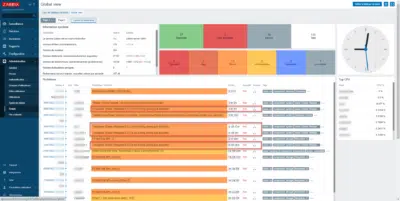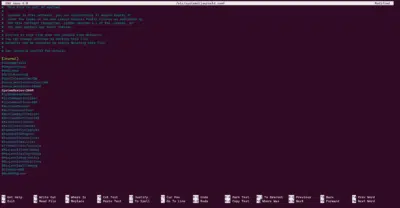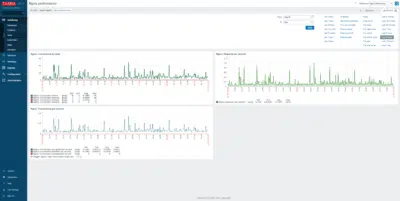Zabbix: restart a Windows service
In this tutorial, I will explain how to restart a Windows service where Zabbix agent is installed. If you followed the tutorial: Zabbix – Restart a service on Ubuntu – Linux, it’s almost identical. To illustrate this tutorial, we will try to restart the Winlogbeat service. As you can see, on several servers the Winlogbeat …









